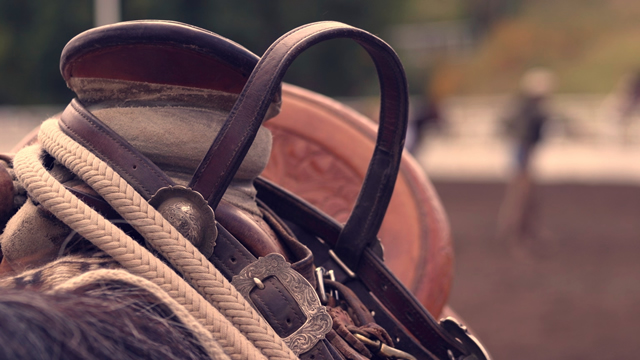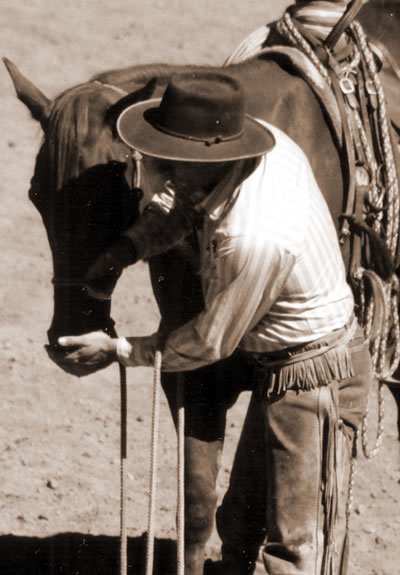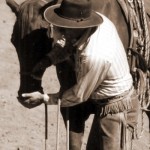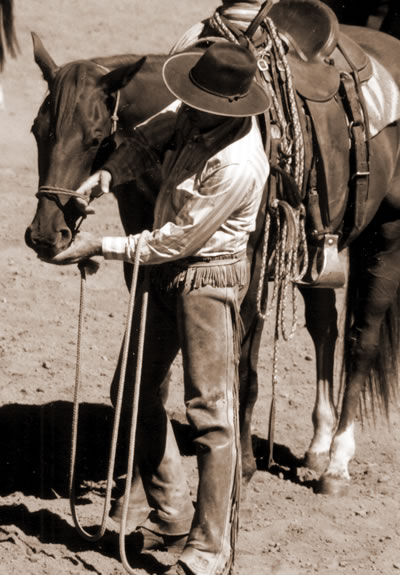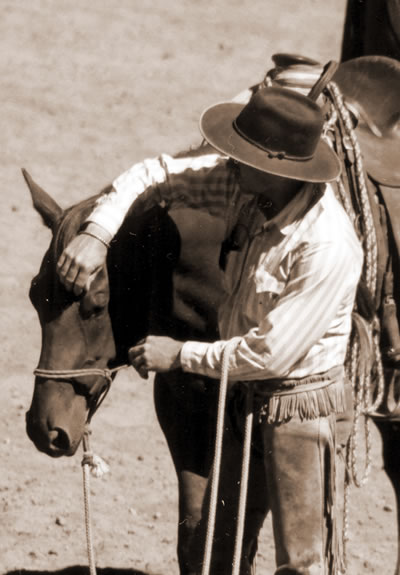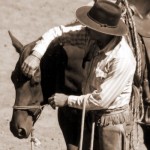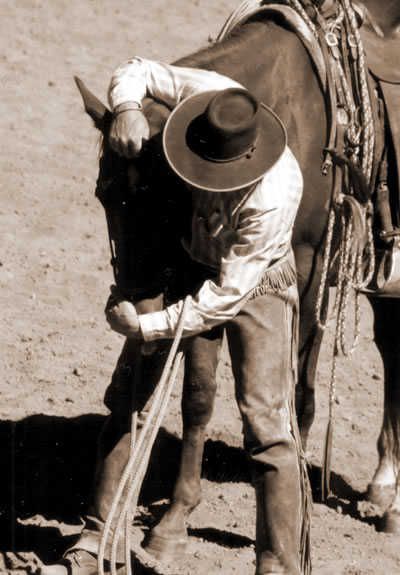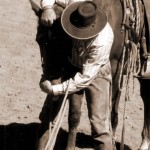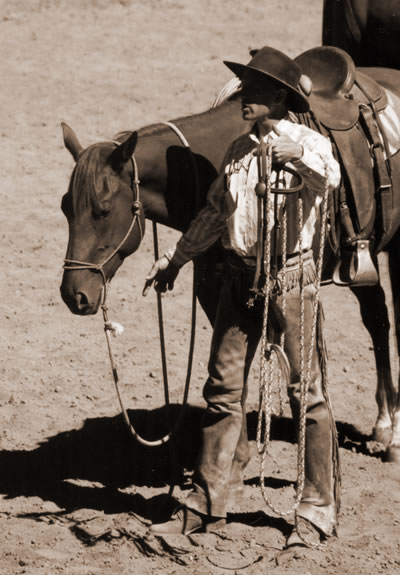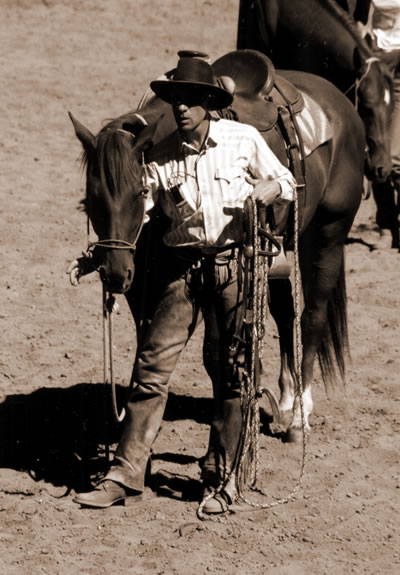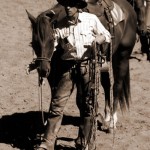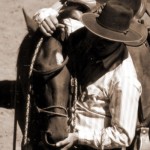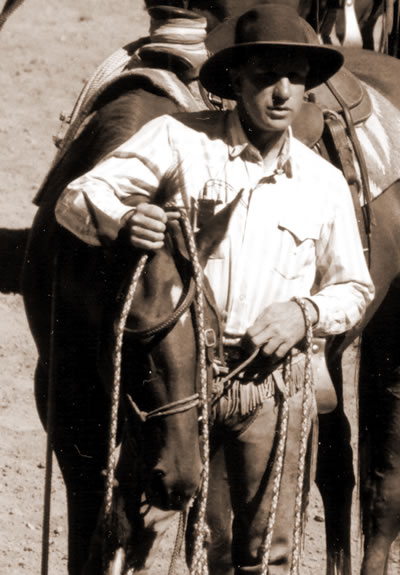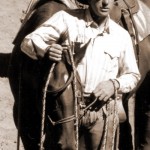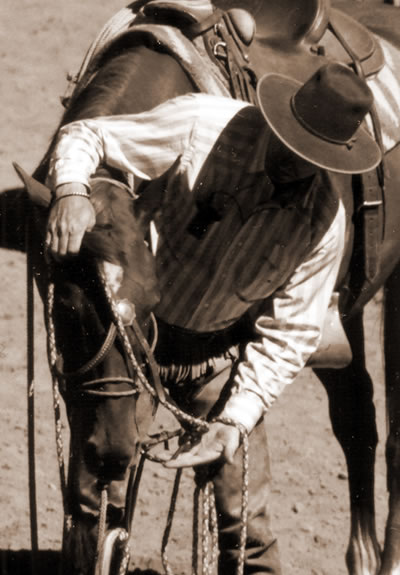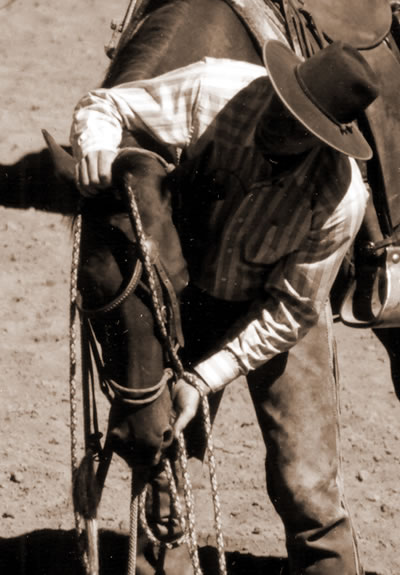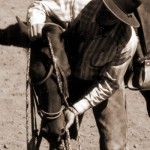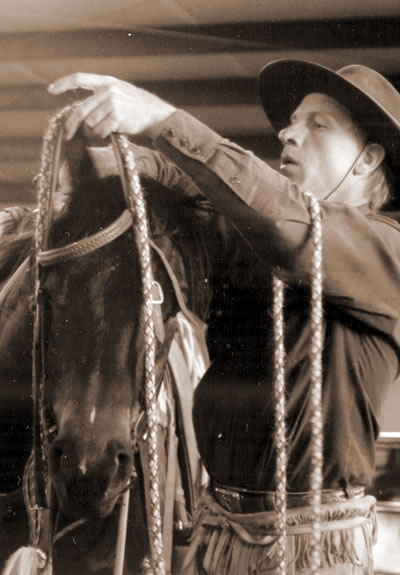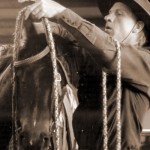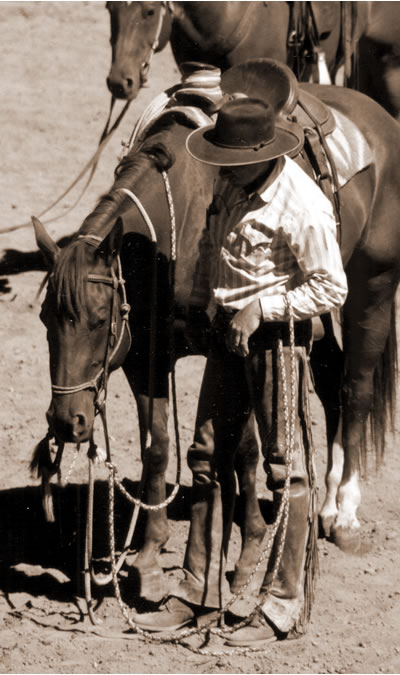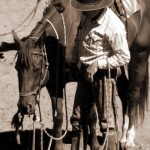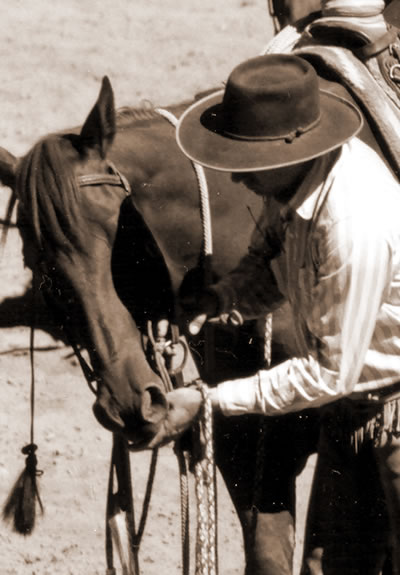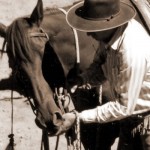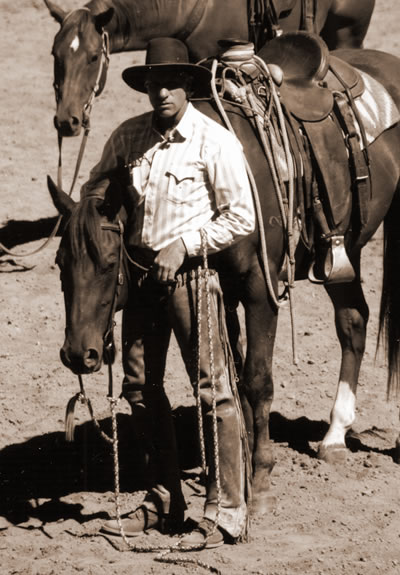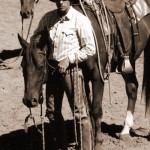With Buck Brannaman
It seems simple enough: bridling your horse. But for any of us who have inherited a bridling problem with a new horse, or created a bridling problem with our own horse, we know that there are numerous ways to fail our horses when it comes time to put the bridle on.
At his clinic in Eagle, Colorado, last summer Buck Brannaman spent time talking with the horsemanship class about getting your horse ready to bridle and how to bridle your horse smoothly. “Now, I want to just talk to you about putting your snaffles on. When you first put your snaffle on a colt, or on a horse that is not good to bridle, the first thing you need to be able to do is mimic the bridling with your halter on. “You need to teach your horse how to put his head down; this causes the seam of his mouth to be perpendicular to the ground. This allows us to slide the bit into his mouth without hitting him on the teeth. When his head is up, you would have to drag that bit over his teeth, which will make him very touchy about being bridled. “You want several approaches to getting his head down. The most simple is to stand on his left side, with your left hand on the nosepiece of the halter, and your right hand just behind his poll. Move your right hand side to side, with a little downward pressure. Any slight try your horse makes in putting his head down, you would release. Pet him, then start again. Pretty soon, he will move his head down lightly off a suggestion. Your left hand helps to keep him in position.” Another place we can fail our horses is when we go to put their ears under the headstall. “A classic mistake you will see Olympic-class riders make is to pull the headstall back over the horse’s poll, then grab that ear and snap it forward. That hurts them. The ear is not meant to fold in half and then snap forward. You need to hold the headstall up and push the ear forward, the way it is intended to move.” In the first few times of bridling a young horse, or if you are working at getting your horse more confident about being bridled, you would want to leave the halter on. You won’t leave it on when you ride, but just when you are putting the bridle on to help keep him in position.
This article originally appeared in Eclectic Horseman Issue No.12
